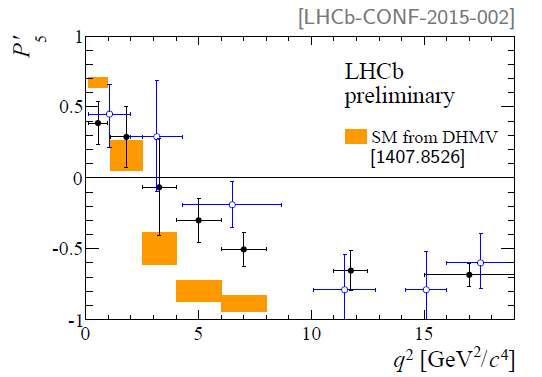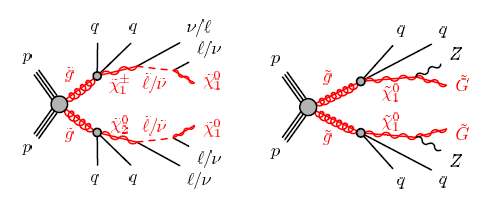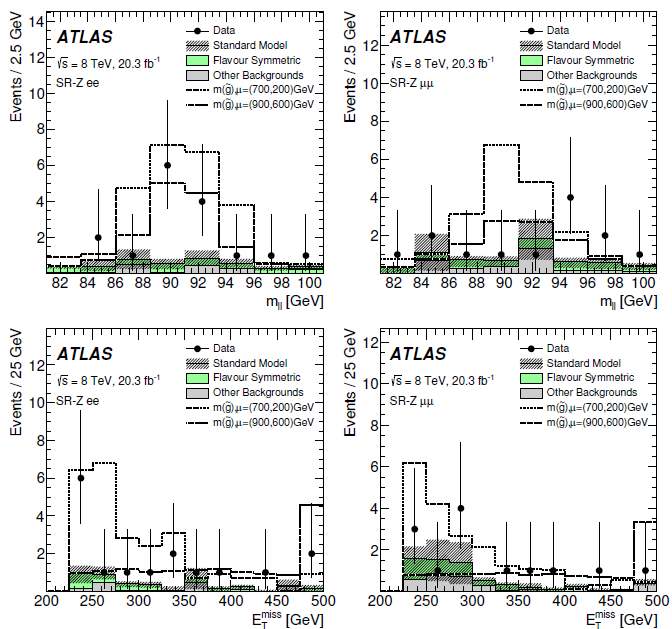Several new physics signatures are going to benefit significantly from the energy increase, and not just a Z' boson. And who needs a Z' boson, after all: I am sometimes skeptical of this uncalled-for new entity, which comes more from the desire of physicists to "find new stuff" than from real a priori motivations. A Z' boson would exist if the theory included a new U(1) gauge group which would not solve anything per se, although, okay, it might be just the tip of a new iceberg of a larger extension of the standard model.
So, a mess of new possible physics signatures is at reach with the energy increase. Or maybe none of them. I am willing to bet another $1000 that nothing will show up - but am also willing to bet $10 that nobody will take the $1000 bet. People have grown a bit skeptical of this "new physics around the corner" paradigm we've been sold in the past 20 years.
On the other hand, Spring is finally in, and with it, physicists have new exciting flukes to fantasize about. Take the LHCb collaboration: they are advertising as mightily as they can their "low energy way to new physics", by capitalizing on a few fluctuations they see here and there in their data. Of course: they are looking at so many final states and kinematical properties of B hadron decays, that something is bound to give in. At the Moriond conference last week the following was presented:

This is a measurement, as a function of the energy release of the process (q^2), of a parameter extracted from the kinematics of the neutral B meson decay to K* plus dimuon pairs. I will not comment on the physics (complex issues at work would require me to revamp my knowledge of the matter, and I would manage to bore you like hell), but just mention that their new result (the black points), which shows a departure from the SM theory (orange boxes) in the 4-8 GeV region, is heralded as "compatible with the old one" (the blue point and uncertainty bars). Fine, and the combined significance of that departure is of 3.7 standard deviations, taking into account correlations but neglecting uncertainties in the prediction.
Could this be new physics ? Nah. Well, yes, it could: a Z' could produce effects in the b->sμμ transition, which would manifest in a departure of that c5 parameter from SM expectations. But I fail to get excited. As I said, I would like LHCb to count how many boxes they looked in, to estimate a "global significance" of their reporting a 3.7 standard deviation effect in their whole analysis set. Until we wait for that number, let's just say that this is interesting, if for no other reason because it may lead us to understand more of long-range hadronic effects involving charm quarks, as discussed here.
So let us move on to something else: ATLAS, e.g., who also presents some 3-sigma excess of Supersymmetry. In a recent preprint studying a classic signatures of dilepton pairs plus dijets plus missing transverse energy they in fact show some fluctuations here and there. They search for squarks and gluinos producing Z bosons in the final state, and neutralinos producing an endpoint in the dilepton mass distribution. Let us go in order. The Feynman diagrams of the stuff they look for are shown below.

In the one on the left you can see (lower leg) a neutralino (χ02) decaying to two leptons, whose combined invariant mass cannot exceed the mass difference between the masses of the two neutral particles in the decay chain. In the diagram on the right you see gluinos decaying to Z boson plus gravitinos. Again, I do not wish to discuss the details - you can find them in the paper linked above anyway. Instead, let us look at the money plots.

The four graphs above show data selected to put in evidence Z boson decays into electron or muon pairs (left and right, respectively) in the dilepton mass distribution (top) and in the missing energy distribution (bottom). The data appear to lay above the sum of predicted backgrounds, and indeed a "peaky" structure at the Z is seen in the electron data - but not in the muon data. The black histograms show tentative SUSY signals which are a decent fit to the data - but not spectacularly better than the background only one.
So in total the background expectation in these two channels is of 6.4+-2.2 and 4.2+-1.6 events in the dielectron and dimuon channel, respectively. ATLAS sees 16 and 13 events, respectively, which - if you have your Poisson tail calculator handy - you could estimate as 2.03σ and 2.26σ, respectively, if the quoted uncertainties were Gaussian. But ATLAS reports 3.0σ and 1.7σ, respectively, which makes me think that there is something I overlooked. Maybe their derivation of significance (which uses pseudoexperiments) is indeed modeling uncertainties more accurately.
It is useful to draw attention to a sentence of the paper (end of page 22), which mentions that CMS also looked at the same signature of Z bosons plus missing energy and jets, and found no excess in their data. Hence these "three sigma" are probably destined to the dust bin... The same thing can be said for the 2.6σ excess that CMS reported in a search for the kinematical endpoint: this ATLAS search finds no excess there. Anyway, these are interesting datasets, and for sure our eyes will be focused on those final states in Run 2 of the LHC... But for now, I think it is a bit early to put some champagne in the refrigerator...





Comments